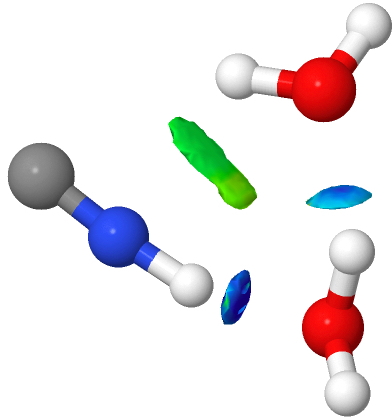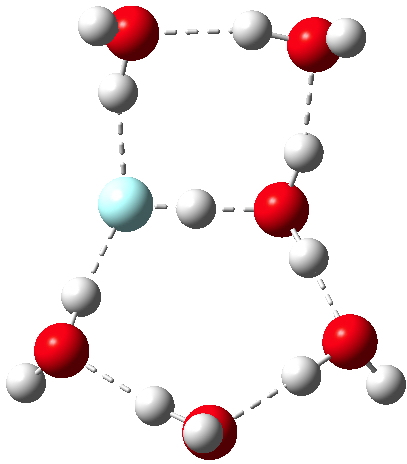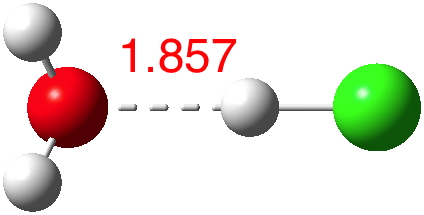
I do not play poker, ‡ and so I had to look up a 5-4-3- 2 -1(A), which Wikipedia informs me is a 5-high straight flush , also apparently known as a steel wheel . In previous posts I have suggested acids which can be ionised by (probably) 5, 4, 3 or 1 discrete water molecules in the gas phase;





